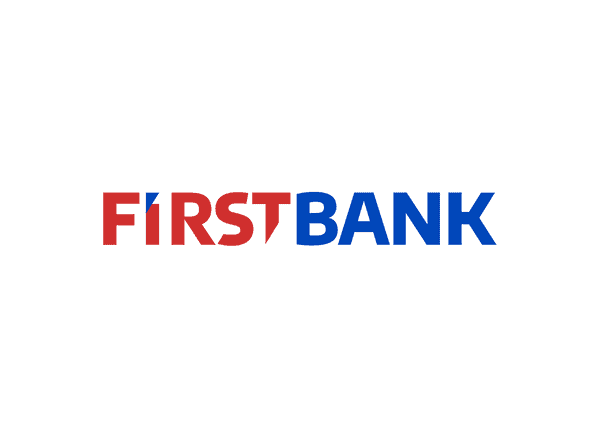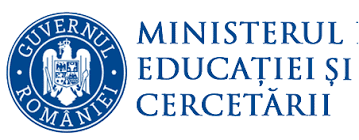What is Endpoint Protection and Threat Intelligence?
Endpoint Protection and Threat Intelligence are essential components of a robust cybersecurity strategy that focus on safeguarding endpoints—devices such as laptops, desktops, servers, and mobile devices—from various cyber threats. This approach combines cutting-edge security solutions with real-time threat intelligence to proactively defend endpoints against evolving cyber risks.
FORT CYBER SECURITY
Key benefits of Endpoint Protection and Threat Intelligence
1.
Real-Time Threat Intelligence
Threat intelligence provides up-to-date information on emerging threats and attack vectors, empowering security teams with the knowledge needed to identify and respond swiftly to new risks.
2.
Proactive Threat Detection
Endpoint protection leverages behavioral analysis and machine learning algorithms to detect and block threats in real-time, thwarting potential attacks before they can compromise endpoints.
3.
Enhanced Data Protection
Endpoint protection helps prevent data breaches by securing endpoints and enforcing data encryption, reducing the risk of unauthorized access to sensitive information.
4.
Reduced Downtime
Effective endpoint protection and threat intelligence reduce the likelihood of successful cyberattacks, minimizing business disruptions and ensuring continuous operations.
5.
Regulatory Compliance
Implementing robust endpoint security measures ensures compliance with industry regulations and data protection standards, maintaining the trust of customers and partners.
FORT CYBER SECURITY
How does endpoint protection work?
An endpoint security system combines a number of complimentary technologies to quickly identify potential threats and stop them before they may affect a network or database. Advanced tools also gather data to reveal how the threat functions and how the endpoint may be made less vulnerable in the future. Small software agents are used by some endpoint security systems to capture data, send alarms, and carry out orders at each endpoint in the network.
All or more of the following technologies or capabilities might be present in an advanced endpoint security solution
Machine Learning
Machine learning algorithms are utilized to continuously learn from endpoint activities and user behavior. This allows the endpoint protection solution to adapt and improve its threat detection capabilities over time.
Security Analytics
Endpoint protection solutions use security analytics to correlate events across endpoints and the network, providing a comprehensive view of potential threats and attack vectors.
Real-Time Threat Intelligence
Endpoint protection relies on real-time threat intelligence to stay ahead of emerging threats. Threat intelligence feeds continuously provide up-to-date information on the latest cyber threats, attack campaigns, and indicators of compromise.
IoT Security
With the proliferation of Internet of Things (IoT) devices, endpoint protection solutions extend their capabilities to include IoT security. These solutions secure IoT endpoints, such as smart devices and industrial control systems, by implementing access controls, encryption, and continuous monitoring.
Endpoint Detection and Response (EDR)
EDR tools monitor and record endpoint activities, including file executions, registry changes, and network connections. In the event of a security incident, EDR enables security teams to conduct detailed forensic investigations. It provides granular visibility into endpoint events, facilitating threat hunting and incident response efforts.
FORT CYBER SECURITY
Happy Protected Customers




FORT CYBER SECURITY
Customers










